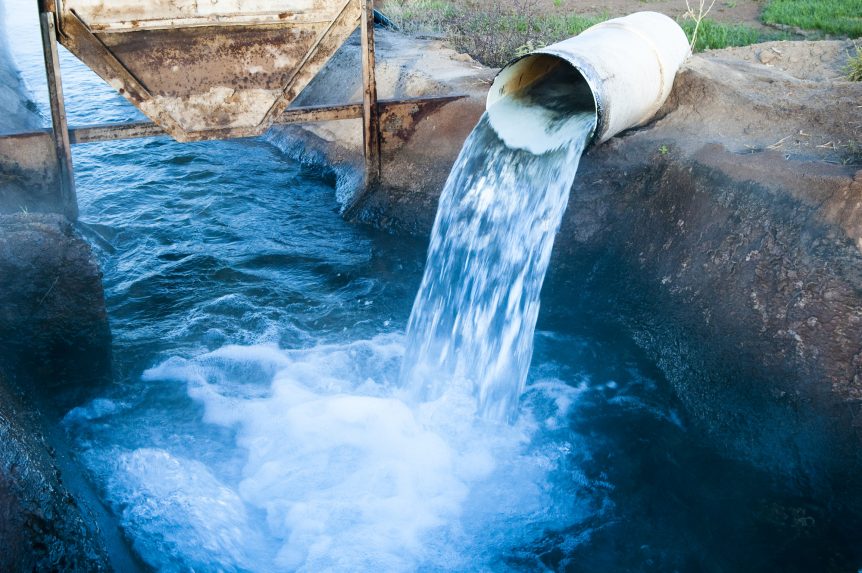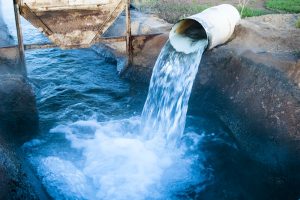An abundance of rainfall earlier in the year has allowed many growers to implement strategies to recharge groundwater supplies. President and CEO of Woolf Farming and Processing, Stuart Woolf said they are taking several different approaches.
“We’ve created a water bank with some neighbors on property we have and some adjoining lands,” Woolf explained. “We’ve also aggressively gone out in this water year where there’s so much water available, we’ve set up some ponding basins and we’re trying to do more recharge there.”
The efforts are especially important for Woolf, in light of restrictions from the Sustainable Groundwater Management Act. The farming operation is in an area that has lost a lot of its surface water supplies. In light of the above-average rainfall, Woolf said they have re-engaged some fields that were going to be fallowed. The expectation had been continued drought conditions. Drip systems in those fields have now been running consistently in an effort to get as much water into the soil as possible. “We plan on putting up some additional berms and irrigating some additional fields. We have a target of 25,000 acre-feet for the year and we’re tracking weekly our progress on that,” said Woolf.
The work to recharge groundwater in the area has not been without challenges. Woolf has been running into delays in getting permission to pull water out of the Central Valley Project. The ground that Woolf is trying to recharge with water from the Pleasant Valley Canal has a lot of sand with the capacity to hold a significant amount of water.
“Yet we’re not able to get the permits in a timely manner when the water’s available,” Woolf noted. “All we’re trying to do is put in a line to cross a road. And we figure it’s going to take maybe two to three more months before we can get the approval to put the line down. It’s just the bureaucracy in California that prevents you from just doing the right thing.”

Brian German
Ag News Director / AgNet West











